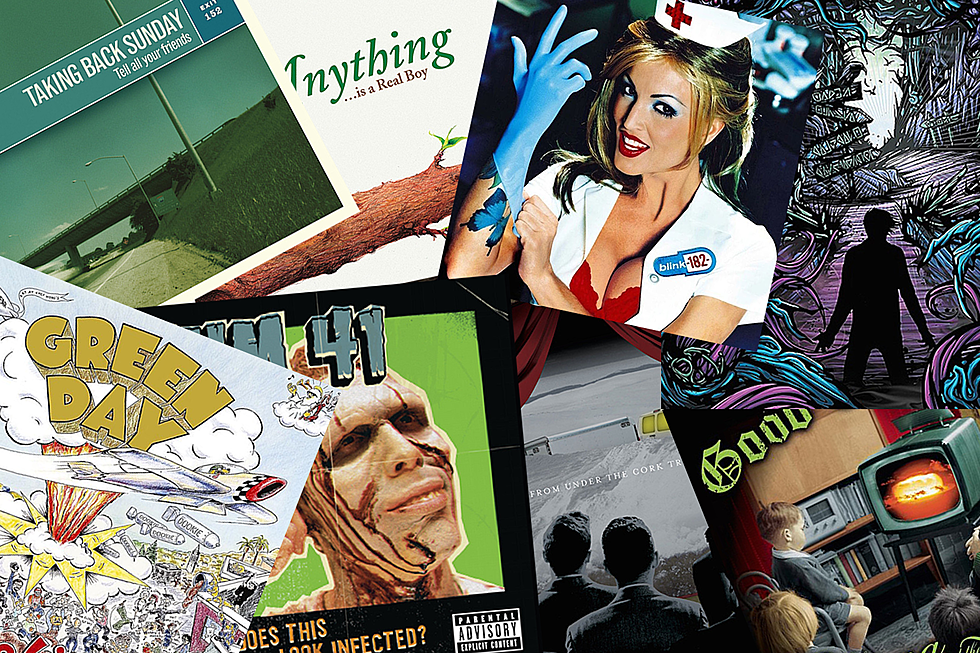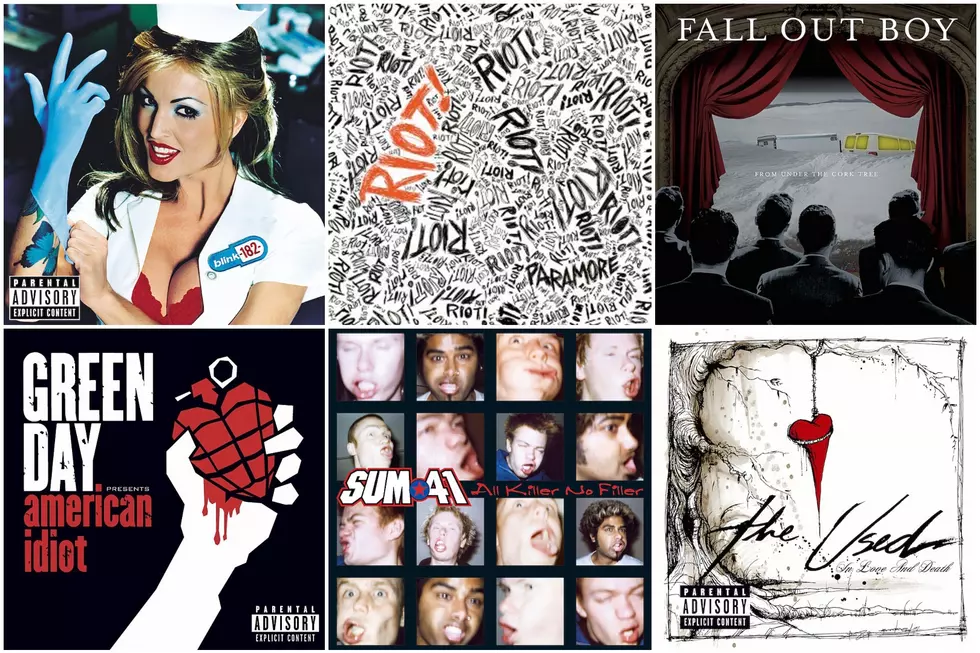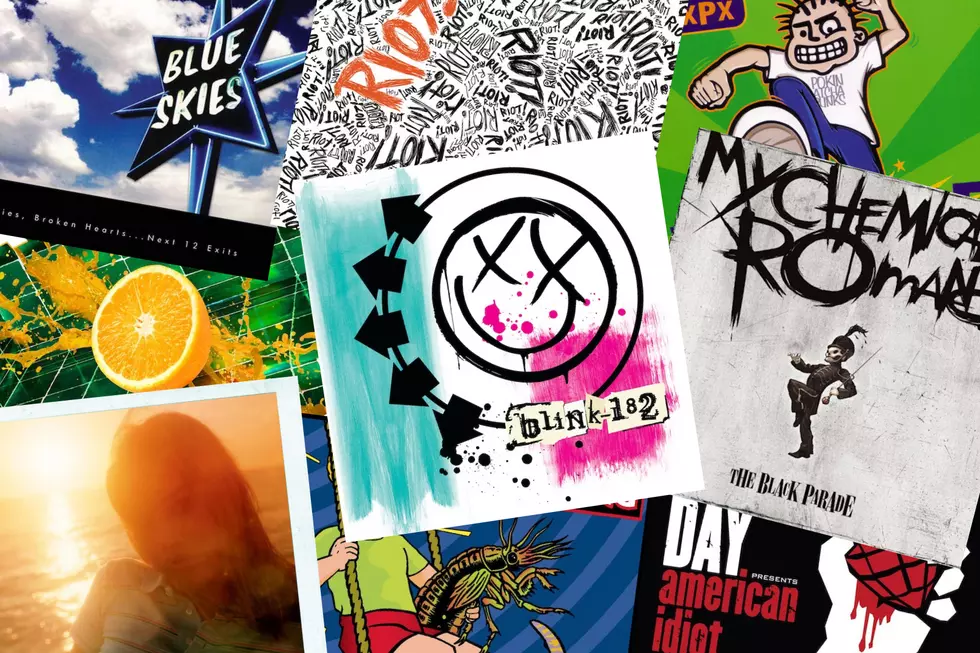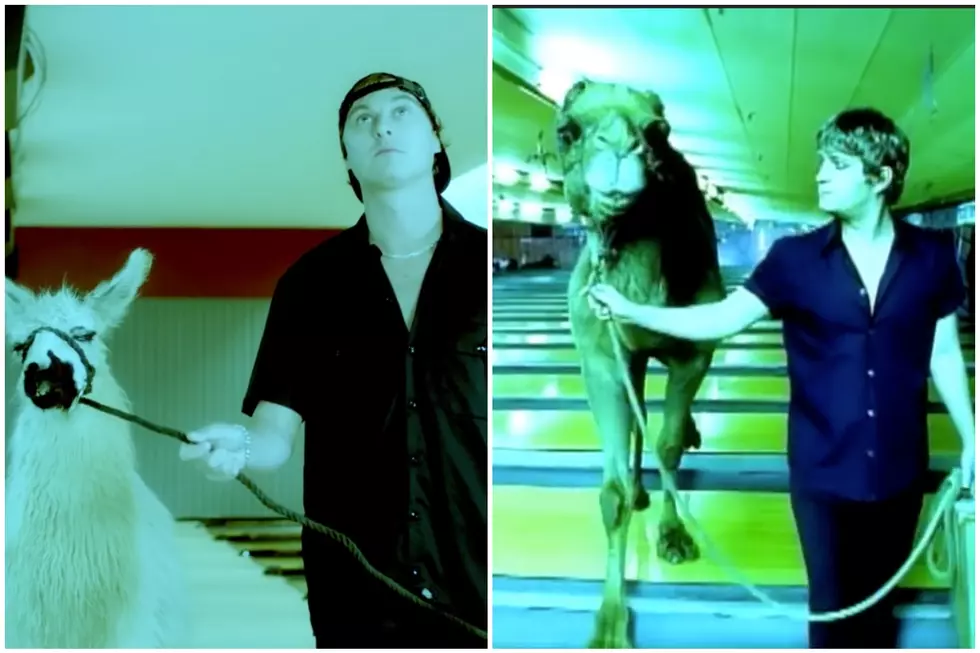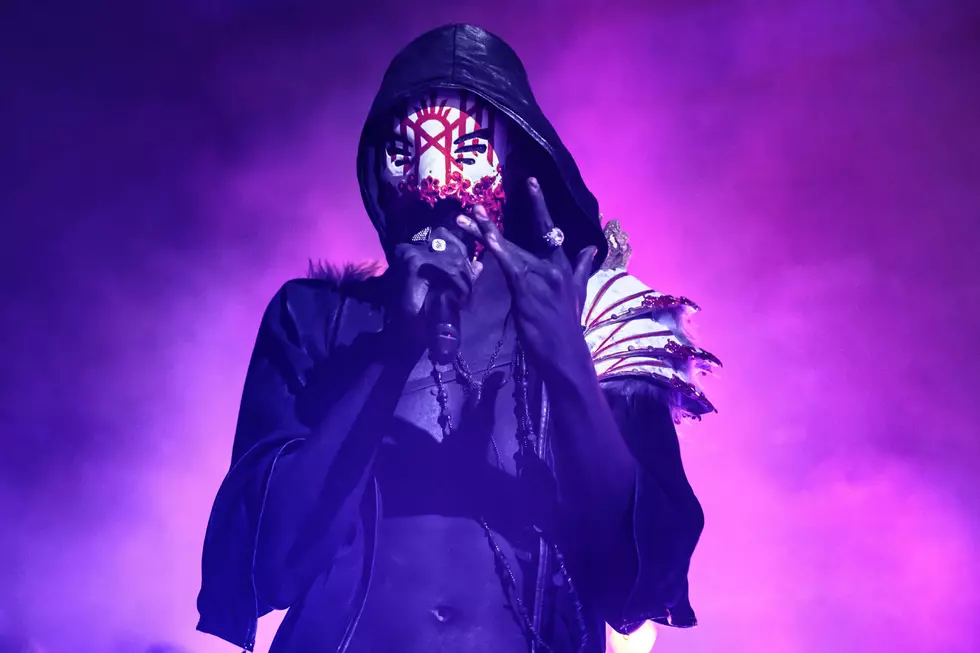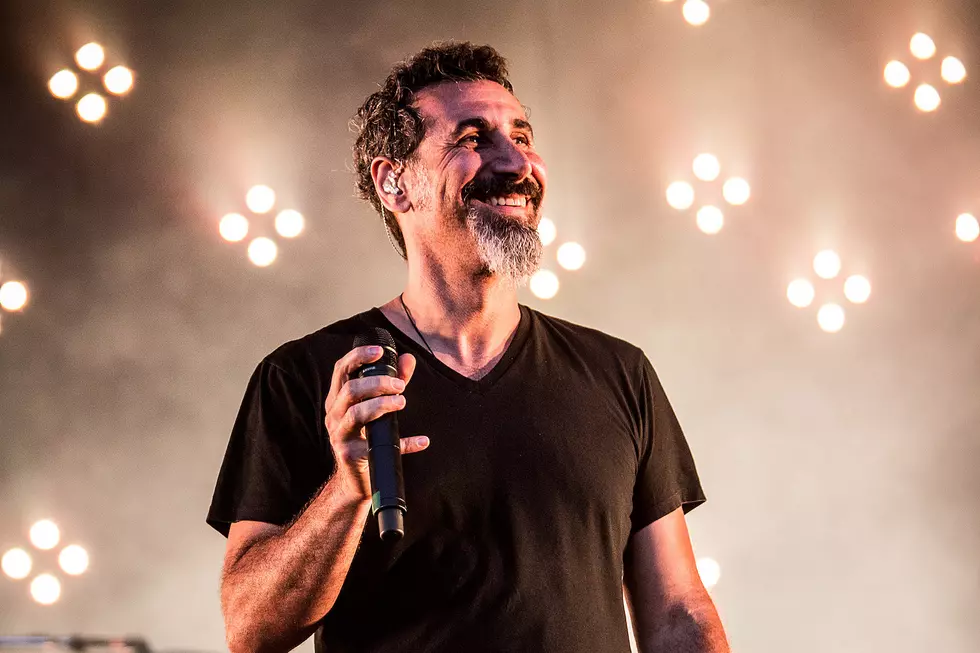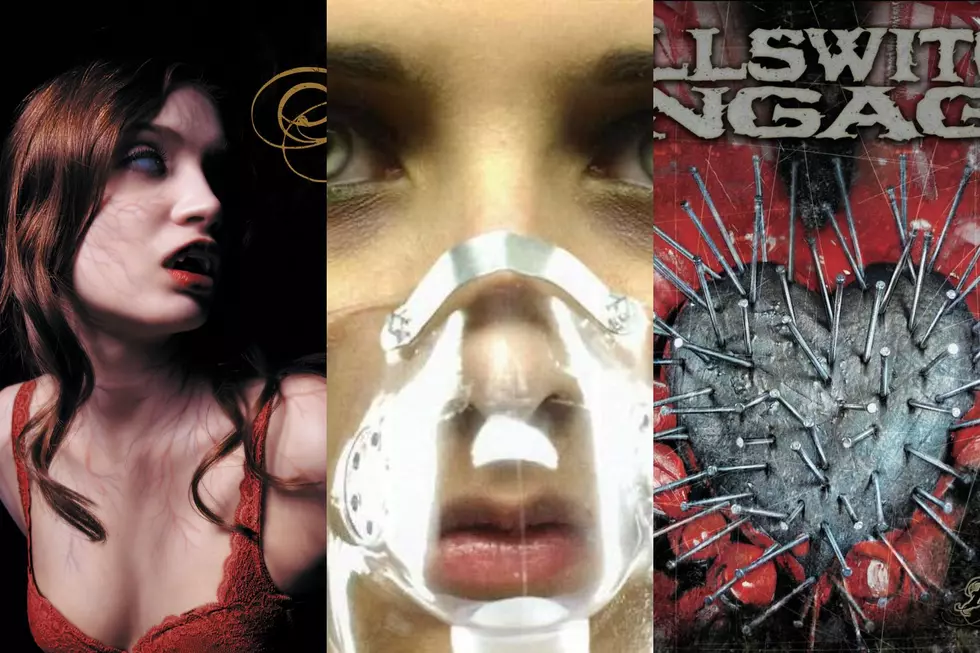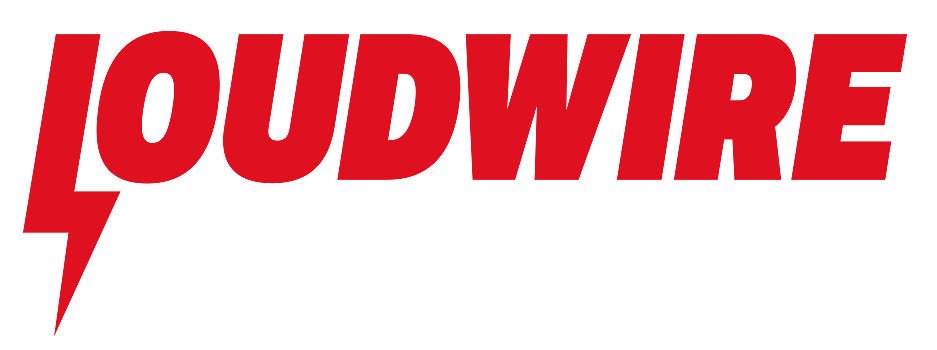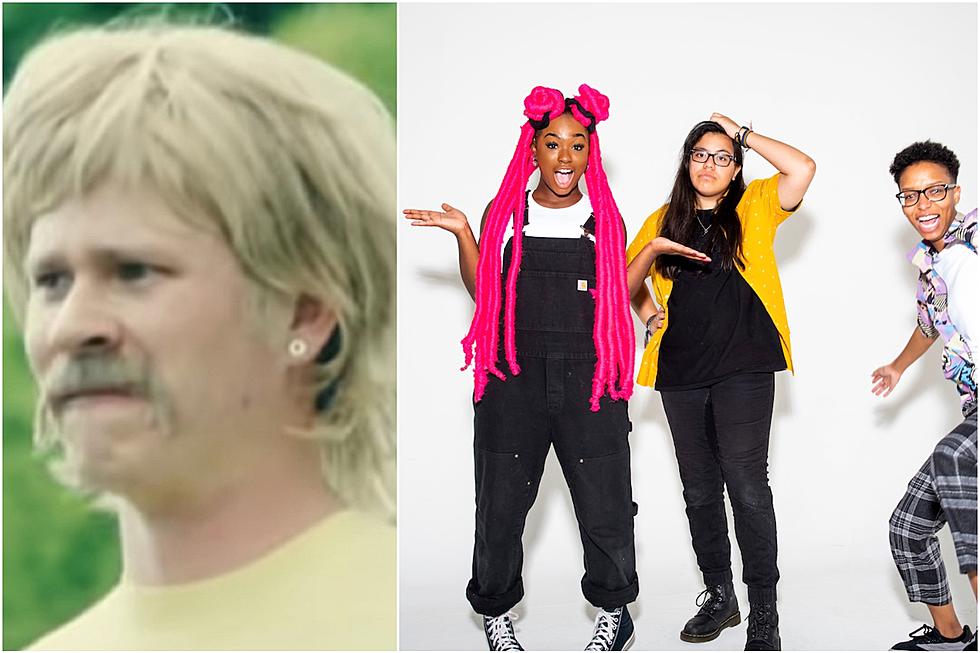
Pop Punk’s Inevitable Comeback – How the Hell Did it Even Survive?
You might have heard everyone raving and rejoicing that pop punk is “finally” back. A new generation of teenagers are reviving the genre’s beloved years through viral trends on TikTok while artists such as Machine Gun Kelly and All Time Low storm the mainstream front with it.
While critics will dispute that it never really died, no one’s asking how the hell it even survived? Gatekeepers, allegations and breakups — pop punk has barely made it out alive. Here’s how it did.
Pop Punk Never Died, So What the Hell Happened?
Pop punk isn’t going anywhere anytime soon. Since the ‘90s, it’s anchored itself into a devoted music community and become a solace for angsty kids who hate their towns and their friends. Arguably a slow burner, the pop-punk flame has been a bright flame but it did almost dim and completely burn out for a short time.
Now it’s back in full force, with artists such as Action/Adventure and Pinkshift commanding a dynamic change.
There’s also a nostalgic revival wave on TikTok sweeping older fans and touching base with a new wave of teenagers who are discovering pop-punk titans such as All Time Low, Paramore and Simple Plan for the first time and turning them into viral legends.
Though, lurking in the shadows of pop punk’s height was a real nasty vermin. Toxic masculinity had the 2000s in a chokehold, and it certainly played a role in the downfall of pop punk.
From lyrics rife with misogyny, matched with a culture that would ridicule women for wanting to be in alternative music – this music community built on anti-discrimination, anti-fascism and a “f- the system” mentality soon became one of the things it sought to destroy.
Accessibility Became Widespread and Diversity Was the New Mainstream
The landscape of pop punk is nowhere remotely similar to its 2000s ancestor. The past decade became a heightened time for inclusivity and awareness, garnering an influx of artists across all of rock and metal from diverse backgrounds.
Gone are the days of white dudes in snapbacks whining about their bitch of an ex-girlfriend; Now we have Meet Me @ The Altar championing young women in their track “Hit Like a Girl” (heard below) or Noah Finnce’s no nonsense takes on LGBTQ+ issues that allow often overlooked and marginalized groups finally feel seen and valid.
Let’s be honest, pop punk and the general world of rock and metal hasn’t been a walk in the park for women, people of color, LGBTQ+ and really any marginalized groups of people.
Paramore’s Hayley Williams and Avril Lavigne are shining examples of the uphill battle against rampant sexism in this industry back in the 2000s. Williams opened up to Vulture in May 2020 where she explained, “The pop-punk and emo scene in the early 2000s {...} it was brutally misogynistic. A lot of internalized sexism.”
Neck Deep’s Dani Washington spoke to Kerrang! last year about his own experiences of racism in the industry, “It’s so fucking hard to know where to start with the negative stories {...} Whenever something like that happens it’s a very sad and sobering feeling, because you feel you’re not really cared about.”
In a very similar vein to metal and emo (and basically alternative culture at-large), pop punk has adopted the mentality of not looking “true” pop punk enough. But what does that even mean? Ask any woman, person of color, LGBTQ+ person who has dared to wear a band shirt in public what it boils down to, they all know the answer.
Over time, the face of alternative music has been populated and dominated by white men. By proxy, this spun them as the “true” face of alternative, with anything else being “false” or unordinary. It created a toxic, white-dominated and ignorant hive-mind setting where only this group of people were allowed to thrive.
This often meant if you weren’t part of the majority you still had to play by their rules or assimilate to be accepted. The offensive “jokes,” the off-handed comments and the gatekeeper ideas around what pop punk should look like are quickly disappearing as we see more diversity come to the forefront.
Toxic Masculinity and Allegations Bulldozed the Remains of Pop Punk
Following the heightened awareness toward the #MeToo movement, the last few years have seen pop punk eclipsed by mounting allegations and controversies that finally unearthed a toxic culture that had been at the underbelly of this genre for years.
Though it was normalized at the time, in hindsight much of the emo and scene culture from the past 15 years has, in some way, been inherently sexist. If it wasn’t lyrics absolutely ripping into a woman for simply breaking up with a man, some bands made a nasty habit of abusing their power and access to young girls on tour.
The outdated attitudes of “sex, drugs, and rock ‘n’ roll” — which often was rape culture and misogyny in disguise — couldn’t last any longer.
It Fell Away From the Mainstream
Pop punk climbed it’s way through the ‘90s only to explode in the 2000s, with 2010 artists aspiring and somewhat reaching the same success as their '00 idols. The commercial success it garnered in the 2000s was unfathomable – climbing the charts; being the face of MTV; landing songs on TV shows, films and games — pop punk was everywhere. But as it exploded so rapidly with a wealth of talents, it also took a nosedive quicker than it is to start an argument over how Blink-182 is actually pronounced.
By 2010, artists living in the shadow of the 2000s were faced with the cutthroat gatekeeper mentality that would penalize them for creative risks. Defend pop punk, eat pizza, wear khaki pants, that’s all anyone knows and if you dared do otherwise you’d be scorned a poser. As we reached 2016, the once vibrant and exuberant sounds of pop punk just became regurgitated noise.
A cooling off period was necessary before it’s return years later, with few bands surviving the radio silence within the community. In that meantime, bands like All Time Low have been etching their path to the mainstream while smaller artists who haven’t cancelled themselves or broken up try to follow the same path.
The Future of Pop Punk Looks Bright
Breakups, allegations and an inability to adapt; very few bands were able to leap through the bear traps and pitfalls of late 2000s to early 2010s pop punk. The curse of pop punk thinned out the pickings by 2017, so it makes sense that a new wave of artists are coming in because there was basically not much left now anyway.
Hopefully this time around pop-punk learns to adapt instead of indulge itself too heavily in its own styles. With the help of Travis Barker fielding new artists into the sound; big names like All Time Low, Paramore, Blink 182, and Avril Lavigne working with names outside of the scene; and new talents such as Meet Me @ The Altar and Pinkshift approaching the frontline charging for change in pop-punk, the future of this genre is looking bright.
50 Greatest Pop-Punk Albums of All Time
More From Loudwire

